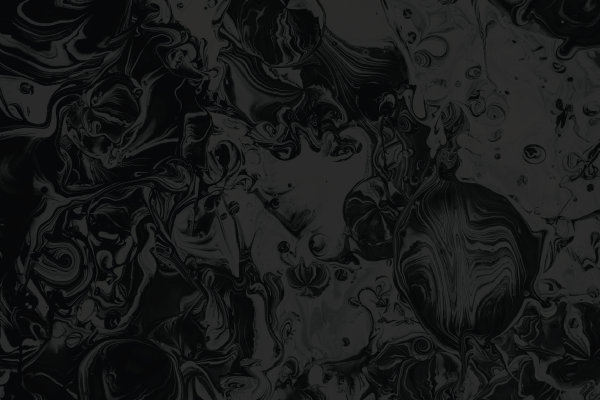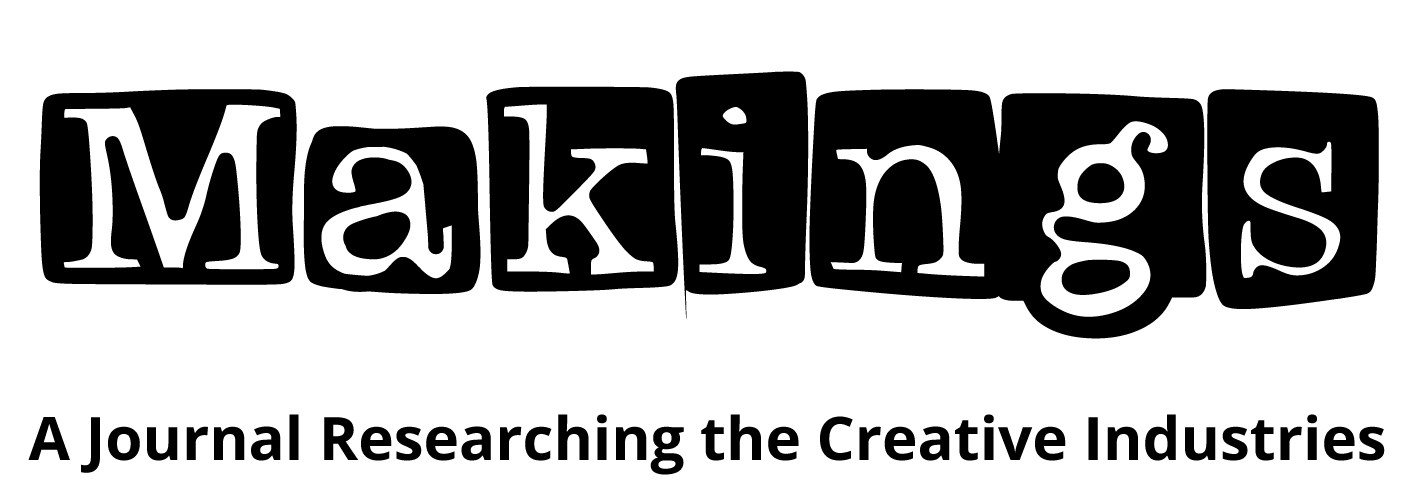
The Art School and Social Mobility | Article
Gabriella Wills
This article came out of a desire to more fully understand the potential barriers to employment and resulting social mobility, faced by students undertaking creative arts qualifications, particularly those within the context of a town possessing eight out of the ten most deprived neighbourhoods in England (Ministry of Housing, Communities & Local Government, 2019, p.5). I have engaged with secondary qualitative research to help investigate the art school’s historical relationship with social mobility and the impact of increasingly neoliberal approaches informing current education and employment. To do this I reviewed literature that provided information on the historical journey of the ‘art school’ along with research into the barriers widening participation and working-class students may face.
Art schools were first formed in the late 19th century as a response to “emergent industrialisation and the need for more skilled craft, creative and artisanal workers” (Banks and Oakley, 2016, p. 3). The expansion of art schools in the mid-20th century was in response to the 1944 education act and then the Robins Report of 1963. It was in this post war period that art schools became a bastion of social mobility. Beck and Cornford (2012, p. 61) identified that “for many working-class students, art school became not just a skills provider but a portal through which the most advanced cultural debates and practices of the time could be encountered” through trial and error, experimentation, and discovery (Frith & Horne, 1987, p. 27). This was a period of social revolution and the art schools of the time both shaped and were shaped by the accelerated pace of wider social change (Banks and Oakley, 2016, p. 8). Currently many art schools have been absorbed into traditional Higher Educational Institutions (HEIs), which are marked by increased managerialism that requires more standardisation and surveillance (Fisher, 2009, p. 53). This is in opposition to the nature of arts education, which it is argued, is to challenge and rebel (Frith & Horne, 1987, p. 7) and increasingly encourages more dogmatic approaches to assessment and pedagogy.
Integration into the HEI can particularly affect working class and widening participation1 arts students regarding social mobility. Art and design educators typically seek to encourage innovation and creativity through an open pedagogy that encourages students to produce the unexpected, whereas the systems of managerialism construct student success in terms of predictable, measurable outcomes (Biesta, 2014, pp. 1-2). Widening participation students may be more unfamiliar than other students, with the habitus of HE and as such could find the language, behaviours, and nuances of the context more bewildering (Fearnie-Clarke, 2022, p. 76). Broadhead (2015, p. 148) discusses the invisible pedagogy of arts education, which depends on access to time and space to take risks, something working class students may not have access to due to work and family commitments as well as living arrangements. Cost is another factor to consider, with arts programmes often requiring greater investment from students for resources and exhibition, in addition to the already daunting prospect of getting into debt with student finance. Students could find it difficult to fully engage with the invisible aspects of the arts curriculum if they face barriers of confidence, space, time, and money. As such, they are potentially put at a disadvantage when competing with graduates who have had this opportunity.
Where the emergence of the art school in the 1950s and 1960s facilitated social mobility, this seems to be no longer the case. Carey et al. (2020, p. 9) explore data that suggests that class is a factor in gaining employment in the creative industries, identifying that 16 per cent of employment in creative roles were from working- class backgrounds compared with 21 per cent of those in professional occupations and 29 per cent across all occupations. It is found that those from privileged backgrounds are more likely to experience greater control and autonomy over their work and that they dominate key roles, meaning that what goes onto the stage, page or screen is likely to have been created by this group (ibid.). This could be due to the nature of acquiring a job in this sector with evidence showing that jobs in creative industries are more readily available for those with difficult to define characteristics, where to have the right face, image and social background is prioritised over the possession of personal artistic talent (Banks & Oakley, 2016, p. 17). It should also be considered that the very nature of creative employment is insecure (Brigstock, 2019, p. 113) and that many careers require a protean creative worker, who can flexibly apply skills and knowledge to a range of potential projects, which requires the confidence and resource to do so. For those with insecure financial backgrounds this kind of work can be a significant obstacle, if you do not have the funds to work for free to gain experience, or to take on freelance work that may leave you financially vulnerable in the long term. Creative industry jobs have been colonised by middle-class workers and the decline in the arts school’s ability to facilitate social mobility is challenged by the cementing of “particular structures of opportunity and inequality that serve to exclude working-class participants” (Banks & Oakley, 2016, pp. 16-17).
Paolo Friere, one of the most influential writers on pedagogy in the twentieth century, always highlighted the centrality of hope and love as necessary facets of a pedagogy that could overcome the injustices and inequalities of the past and present (Van Heertum, 2006, p.46). The creative industries are increasingly important to the economy, with the number of creative jobs predicted to increase dramatically as AI and automation reduce the need for routine labour (Bloom and Bakshi, 2020, p.1) and while neoliberal approaches continue in education, with narrow economic definitions of value undermining creative arts higher education, the growth of the creative industries and the ability of arts education to provide graduates that are prepared for an unknown future offers hope for a future where arts education is valued, and where voices from a diverse range of background and experience are nurtured and welcomed into the creative industries.
Gabriella Wills is a Senior Tutor for Teaching, Learning, and Assessment at Blackpool School of Arts. She has worked in both FE and HE teaching on BTEC, AIM and UAL programmes in creative media production as well as leading and validating the BA (Hons) Filmmaking. She is currently undertaking an EdD at Liverpool John Moores University where she is hoping to explore further the relationship between class and creative arts education.
